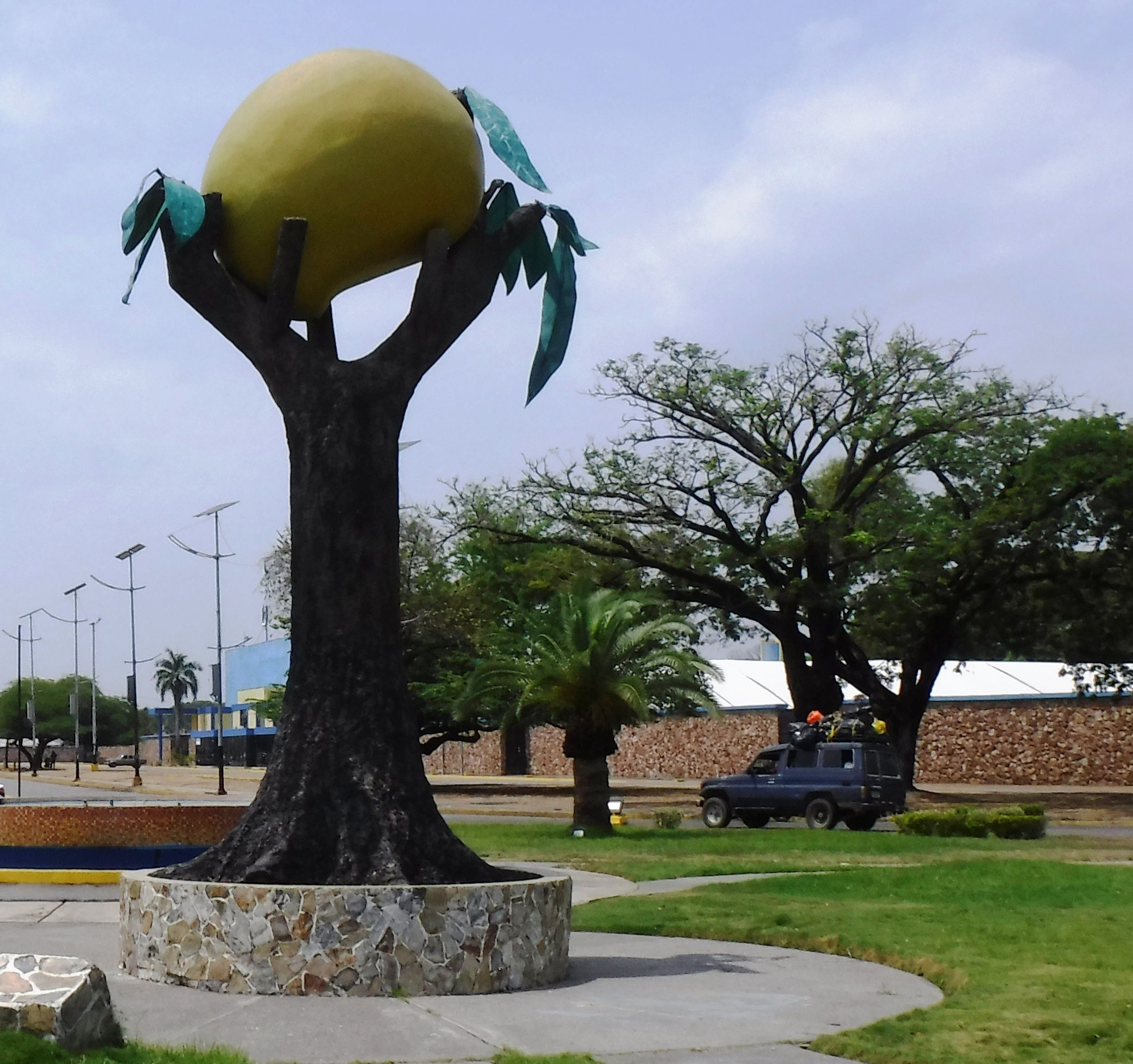If there is a popular fruit in Venezuela, almost a national fruit, that is the mango, everyone likes it and everyone enjoys it in their own way: ripe or green. It is available all over the country, it is inexpensive, there are many varieties and you can also make a lot of recipes with them, such as jelly for example.
Si hay una fruta popular en Venezuela, casi una fruta nacional, esa es el mango, a todo el mundo le gusta y cada quien lo disfruta a su manera: maduro o verde. Se consigue en todo el país, es económico, hay de muchas variedades y también se pueden hacer un montón de recetas con ellos, como la jalea por ejemplo.
In my last posts I have shared my trip through La Sierra, well, when it was over, we went back to the capital of Cojedes, San Carlos, to take the bus that would take us back home.
En mis últimas publicaciones he compartido mi viaje por La Sierra, pues bueno, cuando terminó, volvimos a la capital de Cojedes, San Carlos, para tomar el autobús que nos llevaría de regreso a casa.
Bolivar Avenue in San Carlos / Av. Bolívar de San Carlos
Upon entering the city, we passed the famous Mango Monument, located in a traffic circle on Bolivar Avenue.
Al entrar en la ciudad, pasamos por el famoso Monumento al Mango, ubicado en una redoma de la avenida Bolívar.
There, in a beautiful space with greenery, a sculpture of a tree carrying a huge mango between its branches stands out.
Allí, en un bonito espacio con verdor, destaca la escultura de un árbol que carga un enorme mango entre sus ramas.
The history of this curious monument, the work of artist César Fernando Guerra, dates back to May 20, 1995, when it was inaugurated. A year earlier, this fruit was declared Symbol and Heritage of San Carlos due to the large production that takes place there, and that is why this city is also considered the mango capital of Venezuela.
La historia de este curioso monumento, obra del artista César Fernando Guerra, se remonta al 20 de mayo de 1995, cuando fue inaugurado. Un año antes, esta fruta fue declarada Símbolo y Patrimonio de San Carlos por la gran producción que allí se da, y por eso esta ciudad también es considerada la capital del mango en Venezuela.
Anyone would think that the mango is from here, but in fact it originated in India and entered the country in the 18th century with Fermín de Sancinenea, a Spanish navigator who arrived in Venezuela in 1789. The story goes that it was in Angostura (now Ciudad Bolivar) where he planted several plants with the governor's permission, among them the mango, which came from Sri Lanka.
Cualquiera podría pensar que el mango es de aquí, pero en realidad es originario de la India y entró al país en el siglo XVIII con Fermín de Sancinenea, un navegante español que llegó a Venezuela en 1789. Cuenta la historia que fue en Angostura (actualmente Ciudad Bolívar) donde él sembró varias plantas con el permiso del gobernador, entre ellas el mango, que provenía de Sri Lanka.
This plant adapted perfectly to the Venezuelan climate and soil conditions and thus spread throughout the country. Today Venezuela is one of the main mango producers in South America and there are many varieties, so this monument in homage to a fruit that is already part of the national identity seems to me to be very well justified, what do you think?
Esta planta se adaptó perfectamente al clima y a las condiciones del suelo venezolano y así se extendió por todo el país. Hoy Venezuela es uno de los principales productores de mango de Sudamérica y se dan muchas variedades, por lo que este monumento en homenaje a una fruta que ya es parte de la identidad nacional me parece muy bien justificado, ¿ustedes qué opinan?

THANKS FOR VISITING MY BLOG! / ¡GRACIAS POR VISITAR MI BLOG!
All photos are my property / Todas las fotos son de mi propiedad